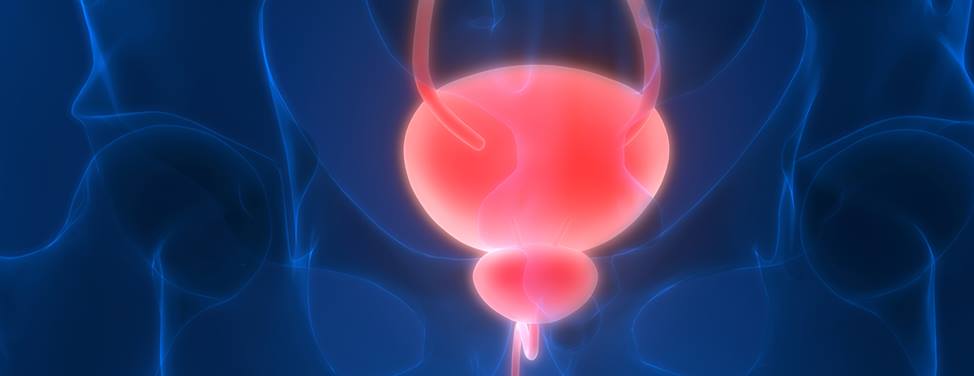
Pelvic Muscle Exercises
Pelvic muscle exercises, also known as Kegels, are an essential part of improving urinary incontinence (loss of bladder control) and preventing it from worsening. They also can be used to help suppress a frequent urge to urinate.
Women may experience incontinence during pregnancy, after childbirth or as part of menopause. For men, loss of bladder control is a common side effect of radical prostatectomy, a surgical treatment for prostate cancer. Other causes include certain conditions, such as diabetes or an enlarged prostate, and use of some medications.
Kegels strengthen and tone the muscles that support the pelvic organs. We contract and relax these muscles to control the opening and closing of the bladder. When these muscles are weak, urine leakage or outflow may result.
To achieve the best results with these exercises, imagine yourself to be an athlete in training. You need to build muscular strength and endurance. This requires a commitment to exercising regularly. Correct technique is also important.
How to locate the pelvic floor muscles
- Squeeze the area of the rectum to tighten the anus as if trying not to pass gas. Feel the sensation of the muscles pulling inward and upward.
Or:
- Women: Insert a finger into your vagina and contract the vaginal muscles. Feeling a squeeze confirms that you're using the correct muscles.
- Men: Stop urinating midstream. When you contract your pelvic muscles correctly, you should see a slight lifting of the penis.
Don't tense your stomach, buttocks or thigh muscles. Using other muscles will defeat the purpose of the exercise and slow your progress.
How to do Kegels
Many people find it convenient to incorporate these exercises into existing daily routines, such as preparing meals and getting ready for bed. Make it a habit to exercise at regularly scheduled times each day.
To complete one set, squeeze your muscles for a slow count of three, then relax the muscles completely to a slow count of three. Do not push the muscles outward during the relaxation part. Repeat this 10 times. (Ten squeezes equal one set.) Set aside time each day for three exercise sessions. Your doctor may recommend a different number of daily sets or squeezes.
Be sure to do the recommended amount each day. As you feel your muscle strength growing, increase the count to five for each squeeze and each relaxation.
Other tips
As with any muscle conditioning exercise, you'll gain the most benefit by doing Kegels correctly. Focus on isolating the pelvic muscles and breathing normally throughout each repetition. Muscles need oxygen to grow strong.
In the beginning, check your form frequently by placing your hands on your abdomen and buttocks and making sure you aren't contracting these muscle groups. If you feel movement, continue to experiment until you have isolated the pelvic floor muscles. Don't get discouraged. This is a learning process.
It can take four to seven weeks to notice improvement. If you keep a record of leakage each day, you will begin to notice fewer accidents.
If you have difficulty performing Kegels or fail to see any improvement in the expected time, reach out to your health care provider. Advice, support and learning aids are available.
UCSF Health medical specialists have reviewed this information. It is for educational purposes only and is not intended to replace the advice of your doctor or other health care provider. We encourage you to discuss any questions or concerns you may have with your provider.













